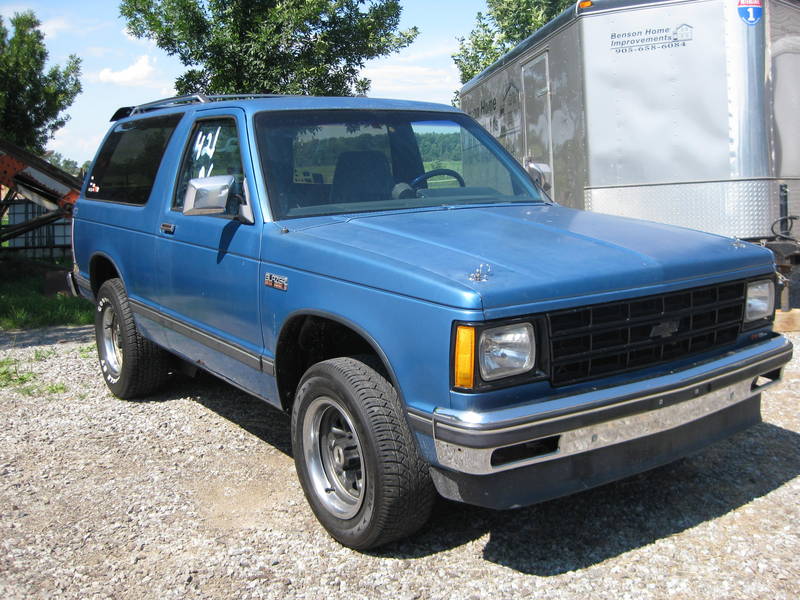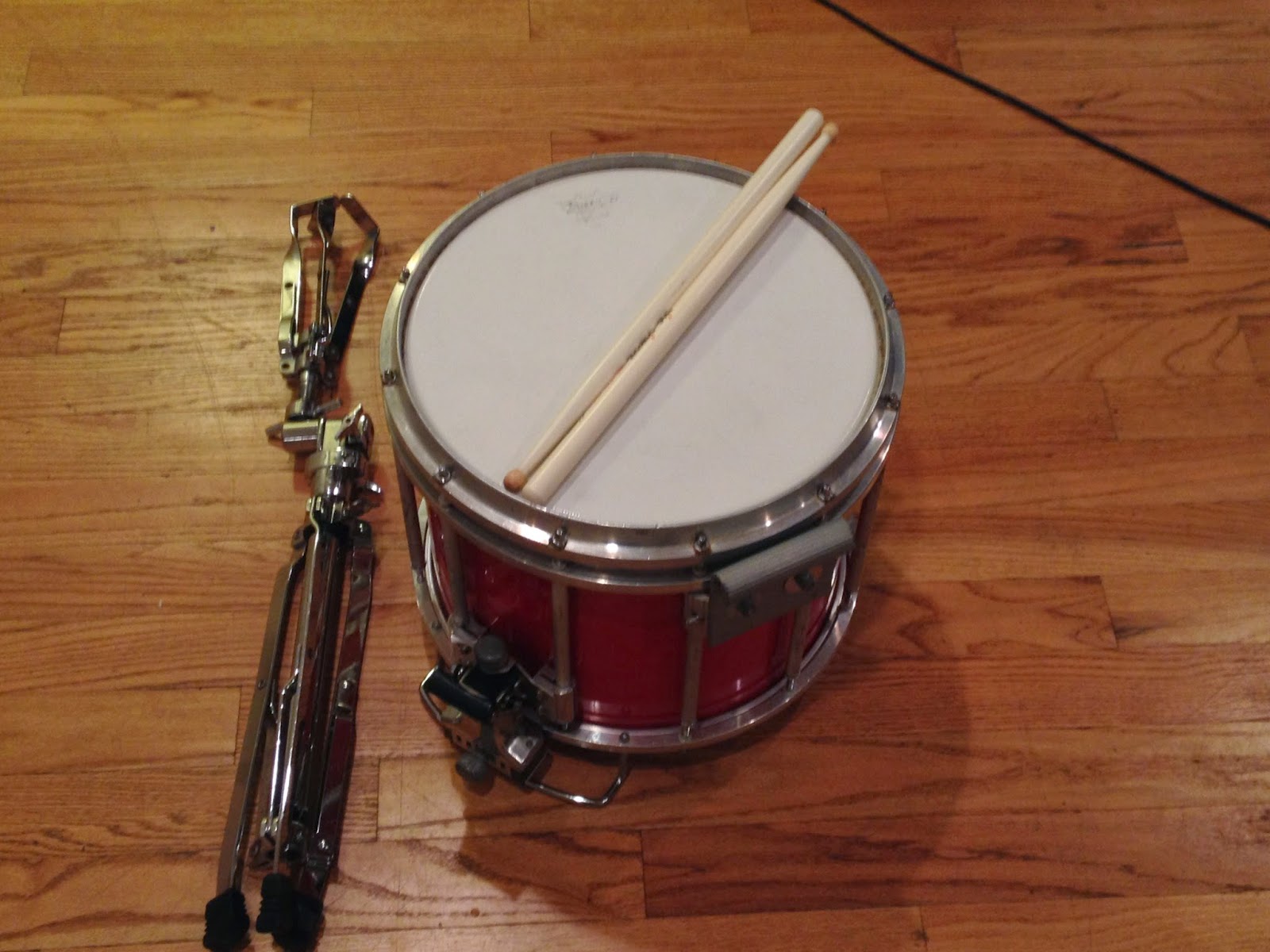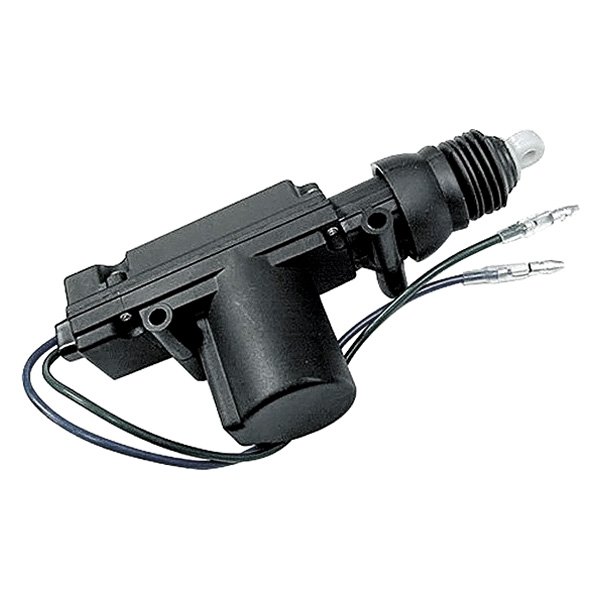The following code was drawn from the examples listed on the Instructables site mentioned earlier in the blog (http://www.instructables.com/id/Arduino-Controlled-Robotic-Drum/), with slight tweaks for compatibility with our project.
Unfortunately, because the motors we use are currently drawing more than three amps from the motor shield, they will not be able to function with it. For future reference, either a different type of motor shield must be used or motors that draw less current when operating from the same circuit.
int event = 0;
int strikelegnth = 80;
int incomingByte = 0;
void setup() {
//establish motor direction toggle pins
pinMode(12, OUTPUT); //CH A -- HIGH = forwards and LOW = backwards???
pinMode(13, OUTPUT); //CH B -- HIGH = forwards and LOW = backwards???
//establish motor brake pins
pinMode(9, OUTPUT); //brake (disable) CH A
pinMode(8, OUTPUT); //brake (disable) CH B
digitalWrite(9, LOW); //ENABLE CH A
digitalWrite(8, LOW); //ENABLE CH B
Serial.begin(57600);
cli();//stop interrupts
//set timer2 interrupt every 128us
TCCR2A = 0;// set entire TCCR2A register to 0
TCCR2B = 0;// same for TCCR2B
TCNT2 = 0;//initialize counter value to 0
// set compare match register for 7.8khz increments
OCR2A = 255;// = (16*10^6) / (7812.5*8) - 1 (must be <256)
// turn on CTC mode
TCCR2A |= (1 << WGM21);
// Set CS11 bit for 8 prescaler
TCCR2B |= (1 << CS11);
// enable timer compare interrupt
TIMSK2 |= (1 << OCIE2A);
sei();//allow interrupts
}
void loop() {
if(event == 1){
if (incomingByte == 135) {
//start down
digitalWrite(9, LOW); //Disengage the Brake for Channel A
digitalWrite(12, LOW); //Sets direction of CH A
analogWrite(3, 255); //Moves CH A
//strike time
delay(strikelegnth);
//stop
digitalWrite(9, HIGH); //Engage the Brake for Channel A
delay(10);
//go back
digitalWrite(9, LOW); //Disengage the Brake for Channel A
digitalWrite(12, HIGH); //Sets direction of CH A
analogWrite(3, 255); //Moves CH A
//recoil time
delay(40);
//stop
digitalWrite(9, HIGH); //Engage the Brake for Channel A
event = 0;
}
if (incomingByte == 136) {
//start down
digitalWrite(8, LOW); //Disengage the Brake for Channel A
digitalWrite(13, LOW); //Sets direction of CH A
analogWrite(11, 255); //Moves CH A
//strike time
delay(strikelegnth);
//stop
digitalWrite(8, HIGH); //Engage the Brake for Channel A
delay(10);
//go back
digitalWrite(8, LOW); //Disengage the Brake for Channel A
digitalWrite(13, HIGH); //Sets direction of CH A
analogWrite(11, 255); //Moves CH A
//recoil time
delay(40);
//stop
digitalWrite(8, HIGH); //Engage the Brake for Channel A
event = 0;
}
if (incomingByte == 192) {
//start down
digitalWrite(9, LOW); //Disengage the Brake for Channel A
digitalWrite(12, LOW); //Sets direction of CH A
analogWrite(3, 255); //Moves CH A
digitalWrite(8, LOW); //Disengage the Brake for Channel A
digitalWrite(13, LOW); //Sets direction of CH A
analogWrite(11, 255); //Moves CH A
//strike time
delay(strikelegnth);
//stop
digitalWrite(8, HIGH); //Engage the Brake for Channel A
digitalWrite(9, HIGH); //Engage the Brake for Channel A
delay(10);
//go back
digitalWrite(9, LOW); //Disengage the Brake for Channel A
digitalWrite(12, HIGH); //Sets direction of CH A
analogWrite(3, 255); //Moves CH A
digitalWrite(8, LOW); //Disengage the Brake for Channel A
digitalWrite(13, HIGH); //Sets direction of CH A
analogWrite(11, 255); //Moves CH A
//recoil time
delay(40);
//stop
digitalWrite(8, HIGH); //Engage the Brake for Channel A
digitalWrite(9, HIGH); //Engage the Brake for Channel A
event = 0;
}
}
}
ISR(TIMER2_COMPA_vect) {
do{
if (Serial.available()){
incomingByte = Serial.read();
event = 1;
}//end if serial available
}//end do
while (Serial.available() > 8);
}
















